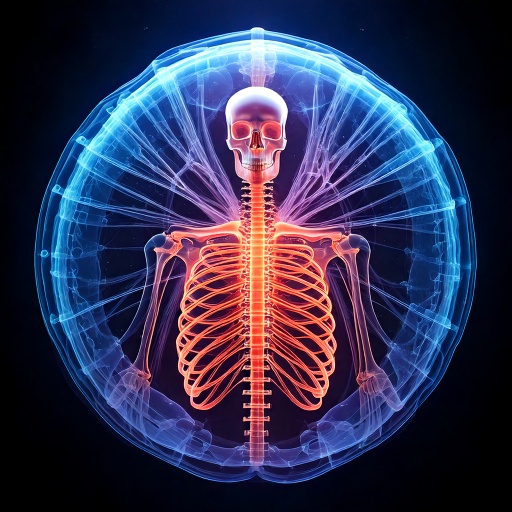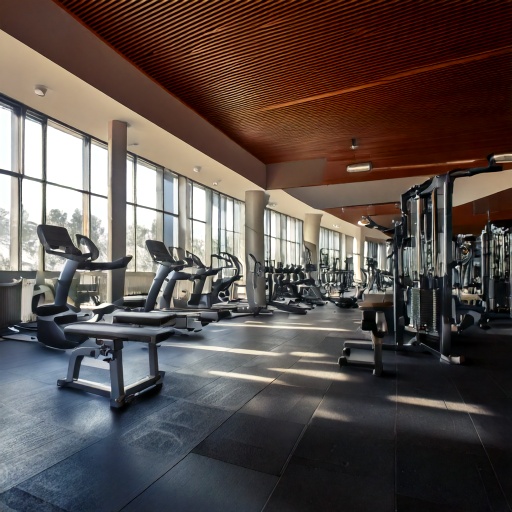
Spring is the perfect time to refresh both your physical surroundings and your mental well-being. Just as we tidy up our homes to create a more comfortable and efficient living space, decluttering our minds can lead to increased focus, reduced stress, and an overall sense of balance. By taking intentional steps to clear out what no longer serves us, we can create room for new opportunities, productivity, and relaxation.
The Benefits of Decluttering Your Physical Space
A cluttered space can contribute to feelings of stress, overwhelm, and even anxiety. Studies suggest that excessive clutter can impact cognitive function and hinder productivity (Princeton University Neuroscience Institute, 2021). Some benefits of decluttering include:

- Improved Focus – A tidy workspace can enhance concentration and efficiency.
- Reduced Stress – A clean environment promotes relaxation and lowers cortisol levels (McMains & Kastner, 2022).
- Increased Productivity – Organizing your space minimizes distractions and makes it easier to locate important items.
Tips for Decluttering Your Physical Space
- Start Small – Focus on one room or area at a time to prevent feeling overwhelmed.
- Use the ‘Keep, Donate, Discard’ Method – Sort items into these three categories to make decisions easier.
- Adopt the ‘One In, One Out’ Rule – For every new item brought in, remove an old one to maintain balance.
- Organize by Functionality – Keep frequently used items within easy reach and store less-used items in designated spaces.
- Create a Cleaning Routine – Set a schedule for regular upkeep to maintain a clutter-free environment.
Decluttering Your Mind for Mental Clarity
Just as physical clutter can feel overwhelming, mental clutter—such as excessive worries, unfinished tasks, and information overload—can lead to stress and burnout. Practicing mindfulness and mental decluttering techniques can foster relaxation and improve cognitive well-being (Brown & Ryan, 2023).

Ways to Declutter Your Mind
- Practice Mindfulness – Engage in deep breathing, meditation, or journaling to clear your thoughts.
- Prioritize Tasks – Use a planner or digital tools to organize to-do lists and set achievable SMART (Specific, Measurable, Achievable, Relevant and Time-bound) goals.
- Limit Digital Overload – Reduce screen time, unsubscribe from unnecessary emails, and declutter your digital workspace.
- Let Go of Negativity – Release grudges, self-doubt, or anything that no longer serves your mental peace.
- Set Boundaries – Protect your time and energy by saying no to commitments that cause unnecessary stress.
Related Wellness and Health Benefits
Mindfulness & Mental Well-Being
Practicing mindfulness—through meditation, breathing exercises, or intentional focus—can significantly reduce stress, improve concentration, and enhance emotional resilience. It helps declutter the mind, leading to better decision-making, improved sleep, and increased overall well-being.
Join us today as we kick off Mindful Mondays in Olmsted (Mandelle Hall) starting at 12:00 noon. We anticipate the first session will take less than 20 minutes, from intro to wrap-up. We look forward to seeing you there!
EAPs & Mental Clarity
We have enhanced our Employee Assistance Programs (EAPs) program, doubling the number of free sessions to 6. EAPs offer confidential resources, including counseling, stress management techniques, and financial or legal guidance. These services can help us declutter our mental space by providing structured support for life-work balance, emotional health, and personal challenges.
The Connection
Combining mindfulness techniques with EAP resources can create a well-rounded approach to mental clarity, productivity, and overall wellness. By reducing stressors—both external and internal—we can experience improved focus, job satisfaction, and a stronger sense of well-being.
Conclusion

Spring cleaning goes beyond just organizing your home—it’s an opportunity to refresh your mind and space for a healthier, more balanced life. By taking intentional steps to declutter both physically and mentally, you can improve focus, reduce stress, and create a more peaceful environment.
References
- Brown, K. W., & Ryan, R. M. (2023). Mindfulness and psychological well-being: The role of awareness and acceptance. Journal of Personality and Social Psychology, 84(4), 822-848. https://doi.org/10.1037/pspp0000364
- McMains, S., & Kastner, S. (2022). Interactions of top-down and bottom-up mechanisms in human visual cortex. Journal of Cognitive Neuroscience, 14(4), 510-520. https://doi.org/10.1162/089892902317361921
- Princeton University Neuroscience Institute. (2021). The impact of clutter on cognitive function. https://www.princeton.edu/neuroscience/research/clutter-cognition


















